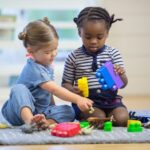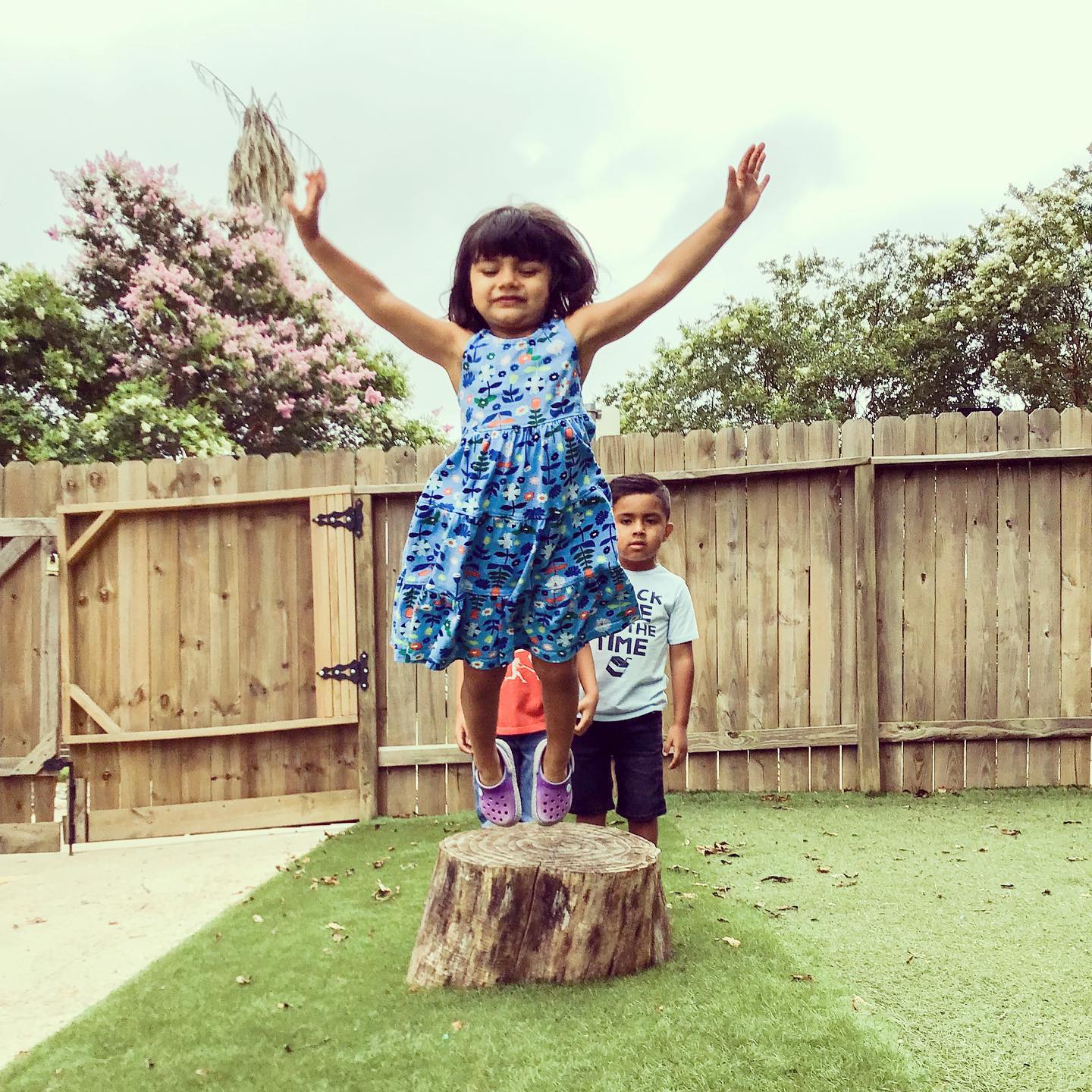Learning to express feelings is an essential skill for children that can have a significant impact on their overall well-being and emotional development. It can be challenging for children to communicate their emotions, and many children often struggle with expressing themselves effectively. This is why it is vital to teach children how to identify and express their feelings from an early age.
Milestones for Social and Emotional Development
Social and emotional development are critical components of a child’s overall development. From birth to age five, children go through various milestones in their social and emotional development that shape their personalities and determine how they relate to others.
 Birth to 6 Months
Birth to 6 Months
In the first six months of life, babies begin to develop social and emotional skills. At this stage, babies learn to recognize their parents and caregivers and form emotional attachments to them. They also start to communicate through sounds, facial expressions, and body language. Babies at this age will start to smile, laugh, and coo in response to social interaction. Their emotional development can include showing signs of distress, such as crying or fussing when they are hungry, tired, or uncomfortable.
 6 Months to 1 Year
6 Months to 1 Year
Between six months and one year, babies become more social and start to interact with others intentionally. They begin to understand the meaning of words and recognize familiar faces. They also develop a sense of trust and attachment to their primary caregiver. Babies at this age also begin to understand basic social rules, such as turn-taking during play. They also start to imitate the actions of those around them.
 1 Year to 2 Years
1 Year to 2 Years
During the second year of life, toddlers become more independent and assertive. As part of their social and emotional development, they start to explore their surroundings and develop their sense of identity. At this age, toddlers become more interested in playing with other children and begin to engage in parallel play, where they play alongside others without actively interacting. Toddlers also begin to understand and respond to basic instructions, such as “no” or “stop.”
 2 Years to 3 Years
2 Years to 3 Years
Between two and three years, children become more social and learn to communicate more effectively. They start to develop a sense of empathy and become more aware of the feelings of others. They also begin to understand social norms and rules, such as sharing and taking turns. At this age, children start to develop friendships and engage in cooperative play with others.
 3 Years to 4 Years
3 Years to 4 Years
Between three and four years, children become more independent and confident. Their emotional development grows as they become more aware of their emotions and learn to express them effectively. They also develop a sense of self-awareness and can recognize themselves in the mirror. At this age, children start to develop more complex social relationships and engage in more imaginative play.
 4 Years to 5 Years
4 Years to 5 Years
Between four and five years, children become more aware of their social roles and begin to develop a sense of right and wrong. They become more interested in group play and learn to collaborate with others. Children at this age also become more aware of their own and others’ feelings and can empathize with others. They also start to develop a better understanding of social cues and nonverbal communication.
Benefits of Emotional Development for Babies, Toddlers, & Preschoolers
The ability to express emotions helps children to build healthy relationships with their peers and adults. Children who can express their emotions tend to have more positive interactions with others and are better equipped to communicate their needs and feelings. Indeed, their emotional development can have a dramatic influence on their experiences with others. This, in turn, can help to foster a sense of empathy and understanding towards others. When toddlers and preschoolers can communicate their emotions effectively, they are better able to resolve conflicts, work in teams, and make friends.
 Children who can express their feelings are also better equipped to cope with stress and difficult situations. When children learn to express themselves, they develop a sense of emotional intelligence that allows them to identify and manage their emotions. This can be particularly helpful in situations where children may feel overwhelmed, anxious, or upset. By learning to express themselves, children can better cope with stress and develop resilience, which is an essential life skill.
Children who can express their feelings are also better equipped to cope with stress and difficult situations. When children learn to express themselves, they develop a sense of emotional intelligence that allows them to identify and manage their emotions. This can be particularly helpful in situations where children may feel overwhelmed, anxious, or upset. By learning to express themselves, children can better cope with stress and develop resilience, which is an essential life skill.
Furthermore, learning to express feelings can have a positive impact on children’s mental health. Children who are unable to express their emotions may experience a range of negative emotions, such as anxiety, depression, or low self-esteem. In contrast, children who can express their feelings are better equipped to deal with their emotions in a healthy way. They are less likely to suppress their emotions or resort to negative coping mechanisms such as substance abuse or self-harm.
Tips for Teaching Preschoolers Emotional Development and How to Express Their Feelings Effectively
There are several ways parents and caregivers can teach children to express their feelings effectively. One approach is to create a safe and supportive environment that encourages open communication. Parents can create opportunities for their children to express their emotions by asking questions, listening attentively, and validating their feelings. It is also essential to teach children about different emotions and how to identify them. This can be done by reading books about emotions or playing games that help children recognize different feelings.
Another effective approach is to model healthy emotional expression. Children learn by observing their parents and caregivers, and when adults model healthy emotional expression, children are more likely to follow suit. Adults can model healthy emotional expression by expressing their own emotions in a healthy way, such as talking about their feelings or taking time to manage their emotions.
In conclusion, teaching children to express their feelings is crucial for their emotional development, mental health, and social well-being. By helping children learn to identify and express their emotions, parents and caregivers can create a safe and supportive environment that encourages healthy emotional expression. This, in turn, can help children build strong relationships, develop resilience, and cope with stress and difficult situations.
Here are a few resources you may find helpful:
- Healthy Children – American Academy of Pediatrics healthychildren.org
- Zero to Three – Early connections last a lifetime. zerotothree.org
- Positive Parenting Solutions – Eliminate power struggles and feel relief! positiveparentingsolutions.com
- Love and Logic – The world leader in practical resources for parents and teachers. loveandlogic.com









